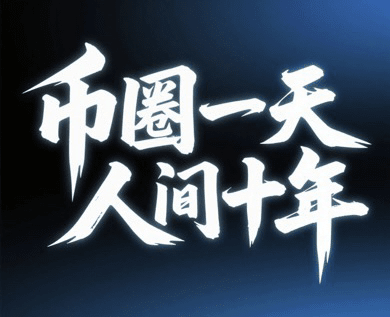On August 14, 2025, the U.S. Producer Price Index (PPI) data revealed significant news: the year-on-year increase reached 3.3%, far exceeding economists' expectations of 2.5%, marking the highest record since February 2022. This data indicates that inflationary pressures are far from easing and may trigger chain reactions in the economic sector.
From the segmented data, the monthly PPI surged by 0.9% compared to June, significantly exceeding the forecast value of 0.2%; excluding the more volatile food and energy, the core PPI rose by 3.7% year-on-year and 0.9% month-on-month, both far above the expectations of 2.9% and 0.2%. The breadth and intensity of inflationary pressures are concerning.
Market volatility and chain reactions
The unexpected PPI data instantaneously impacted financial markets, causing stocks and cryptocurrencies to retreat:
• Stock futures are down, with S&P 500 and Nasdaq 100 futures falling by 0.5% and 0.9%, respectively, as investors urgently adjust their expectations for Federal Reserve policy.
• Bitcoin is under pressure, dipping to around $96,000, as high PPI exacerbates market concerns over the persistence of high interest rates.
• Market optimism over a Federal Reserve rate cut in September has cooled, with the CME FedWatch tool showing the probability of a 25 basis point rate cut dropping from 94.3% to 92.5%, while the possibility of maintaining rates has risen to 7.5%.
Combined with the previous year-on-year CPI data of 3.3%, the persistence of current price pressures has formed a clear signal. Companies are facing input cost pressures due to rising tariffs on goods such as steel, aluminum, and food, compressing profit margins. Economists warn that producers may soon pass on costs to consumers, further pushing up consumer-side inflation in the coming months.
What is PPI? Why is it important?
The Producer Price Index (PPI) measures the average price changes received by domestic producers for goods and services and is a leading indicator of inflation trends, with its effects often appearing before they are seen at the consumer level. Unlike the Consumer Price Index (CPI), which focuses on consumer prices, the PPI captures upstream price pressures and often predicts changes in retail costs.
Main drivers of the PPI surge in July:
• Service prices increased by 1.1% (the largest increase since March 2022), mainly due to a 2% rise in profit margins for wholesalers and retailers' trade services.
• The price of goods rose by 0.7%, with vegetable prices skyrocketing by 38.9%. Prices of meat, eggs, and imported electronics also increased significantly.
It is noteworthy that components in the PPI such as healthcare and financial services are directly reflected in the Federal Reserve's preferred inflation indicator—the Personal Consumption Expenditures (PCE) index (which will be released on August 29). Therefore, the PPI has become a key reference for the Federal Reserve in balancing policies between 'curbing inflation' and 'supporting growth.'
Potential opportunities in volatility
The market's intense reaction has released high volatility, bringing price fluctuations and hidden opportunities:
• Gold: As a safe-haven asset during inflationary periods, it may be sought after by investors looking for protection against inflation and high interest rates. If the support level of $2,400-$2,450 per ounce holds firm, a pullback may become a strategic buying opportunity.
• Cryptocurrency: Selling pressure may clear excessive leveraged positions, and if Bitcoin stabilizes above $95,000 and Cardano (ADA) holds above $0.98, it could create entry opportunities for Bitcoin and altcoins (like Bonk).
• Stocks: Industries such as manufacturing and retail that are impacted by tariffs may remain under pressure, while defensive sectors like utilities and consumer goods may be relatively stable.
Key focus areas moving forward
• Price trends: Be wary of corrections following impulsive movements, confirming direction changes. Losing key support levels may signal deeper declines, while strong rebounds may suggest trend reversals.
• Federal Reserve signals: Jerome Powell's speech at Jackson Hole may reveal clues about the timing of rate cuts, especially in the context of current high inflation.
• PCE Report: The PCE data released on August 29 is crucial and will verify whether PPI pressures have been transmitted to the consumer side.
• Liquidity fluctuations: High volatility may trigger stop-loss orders (especially in the cryptocurrency space), requiring caution against 'liquidity hunting' before trends become clear.


